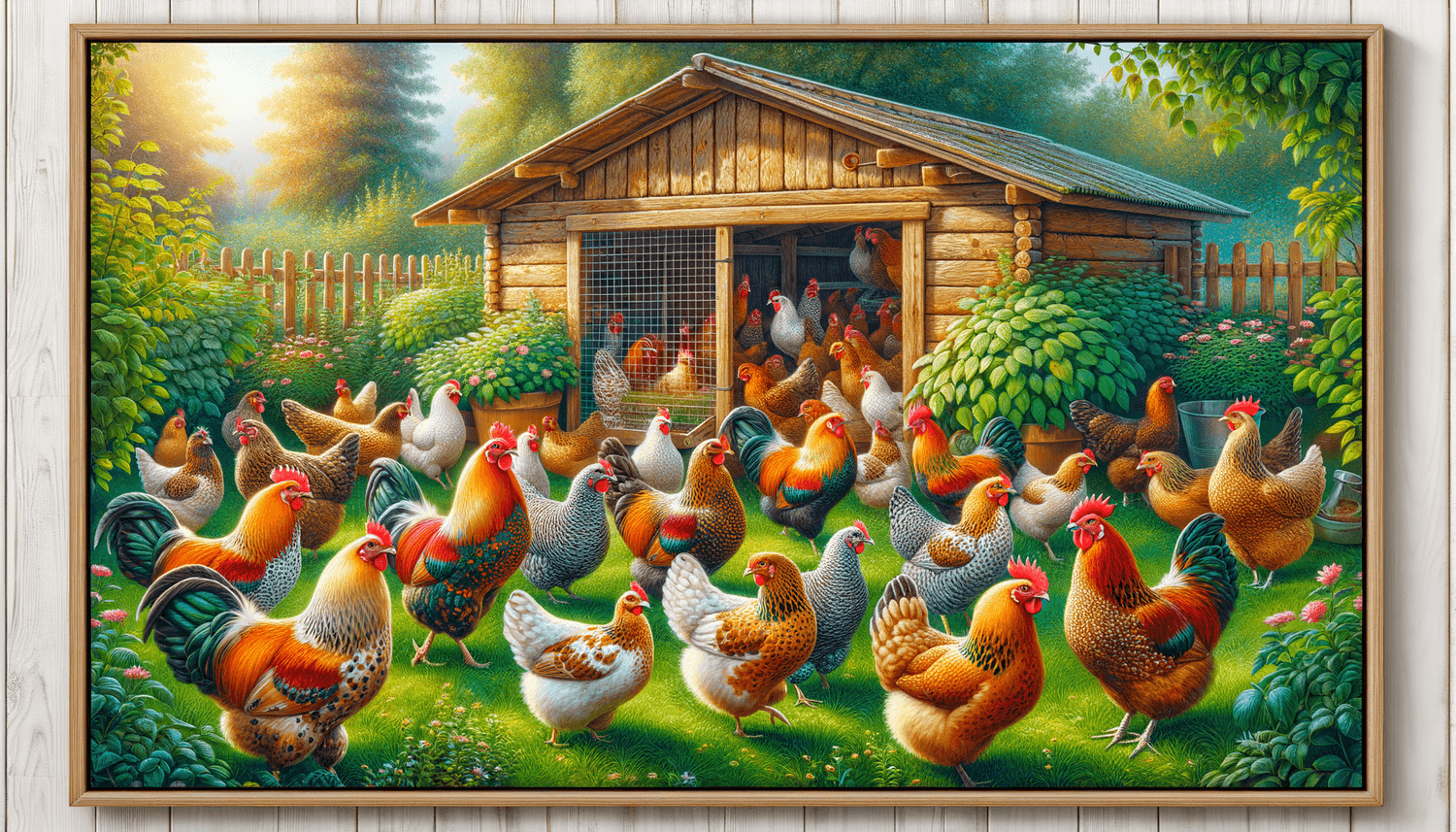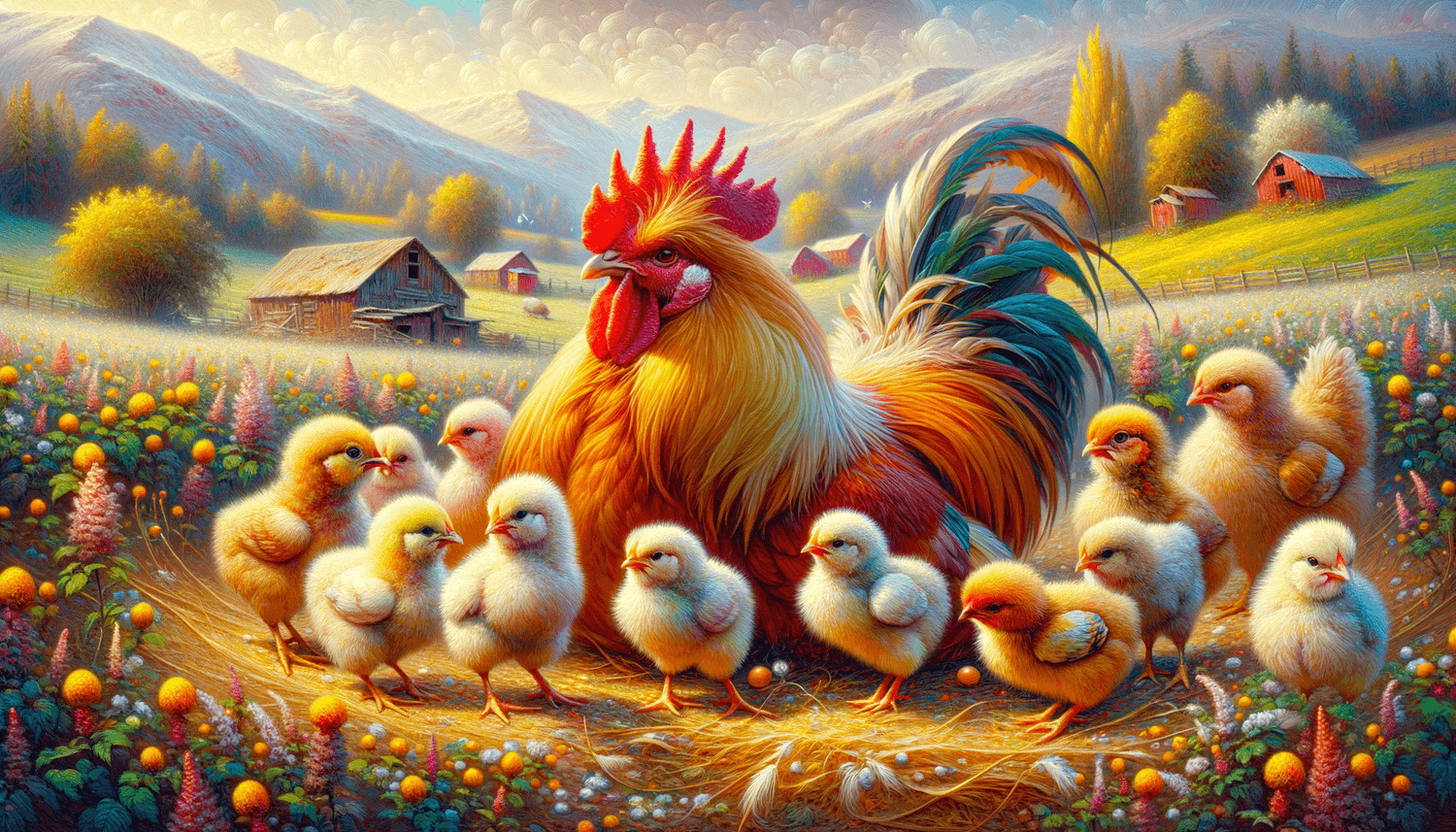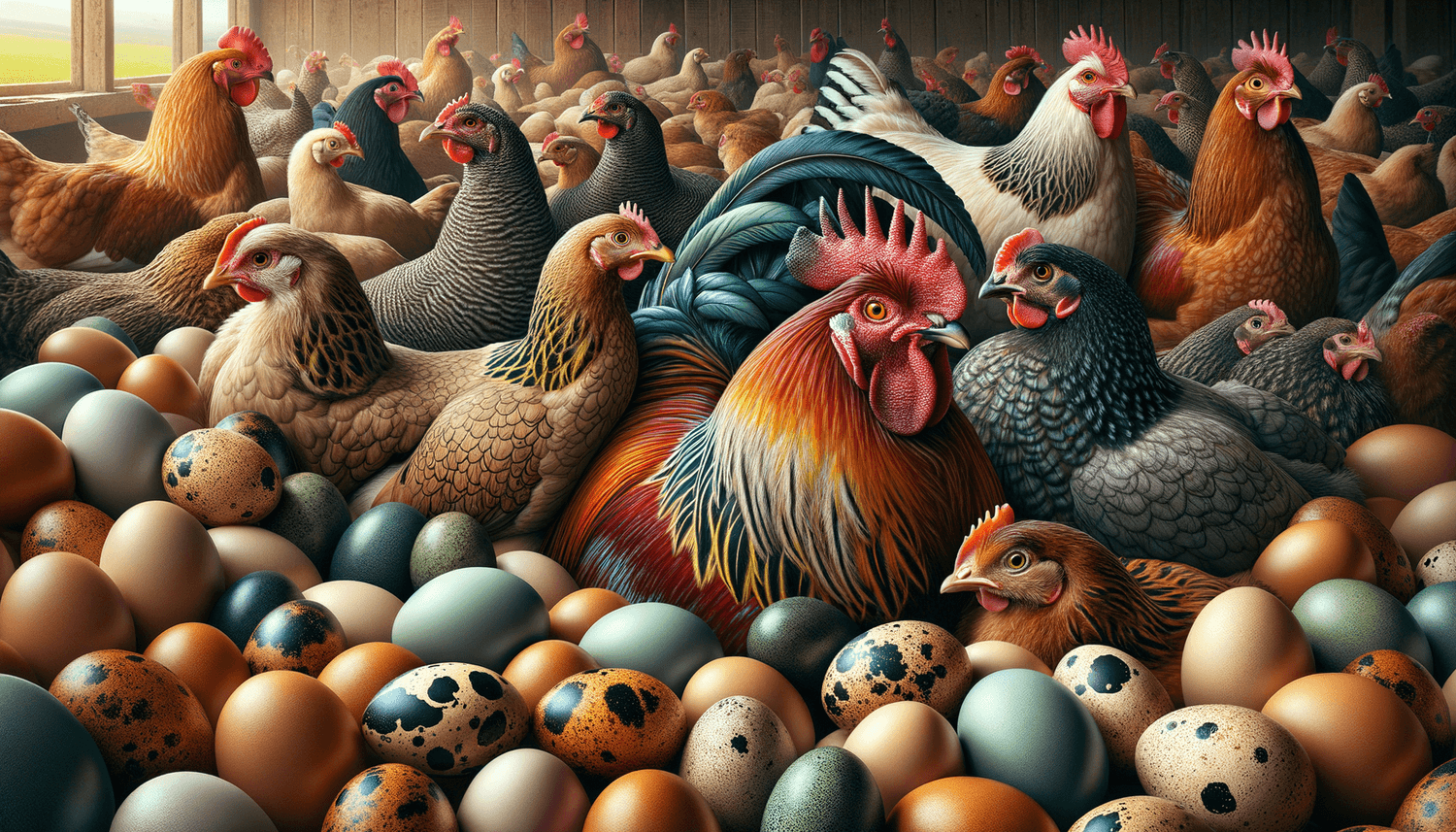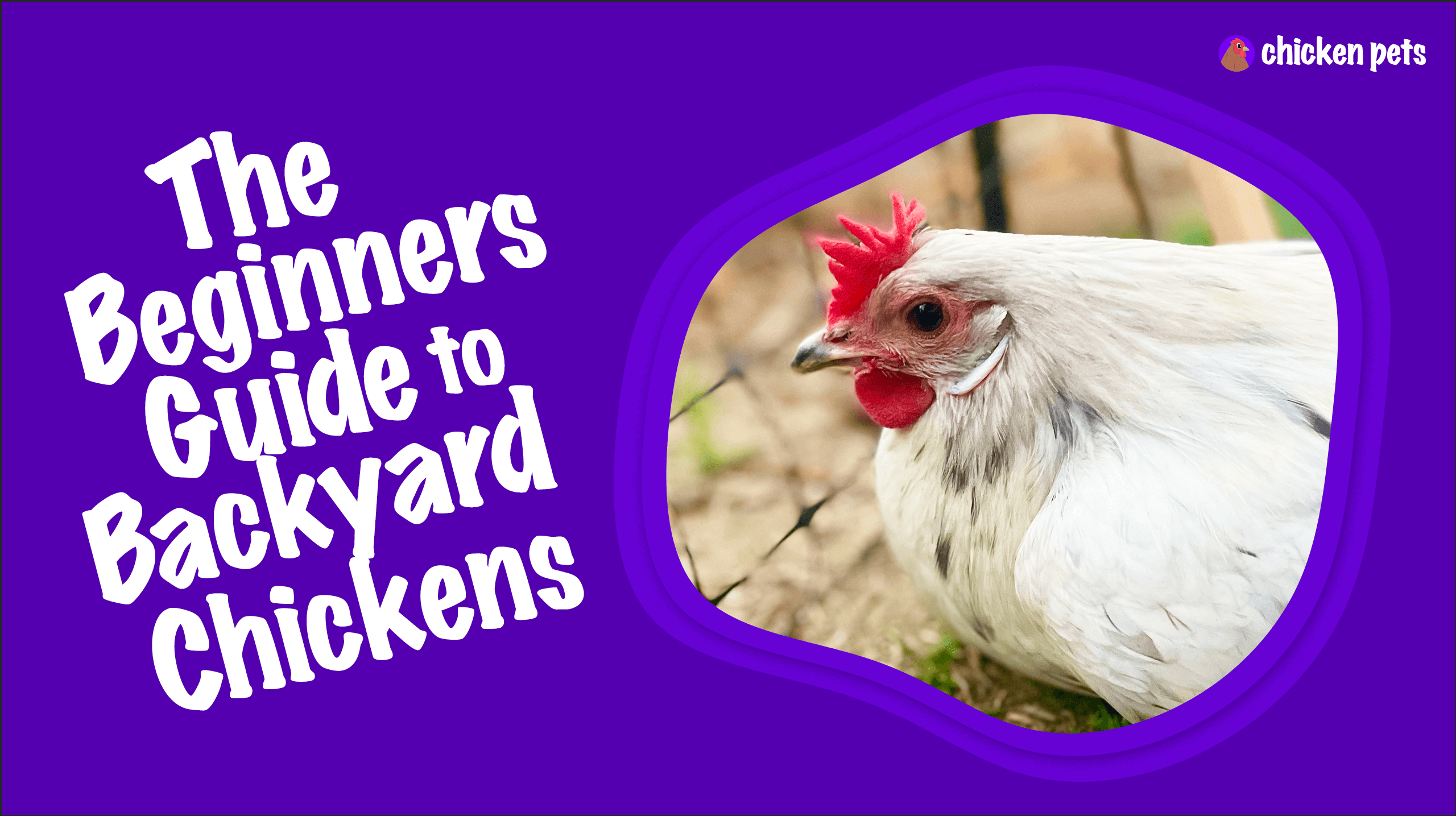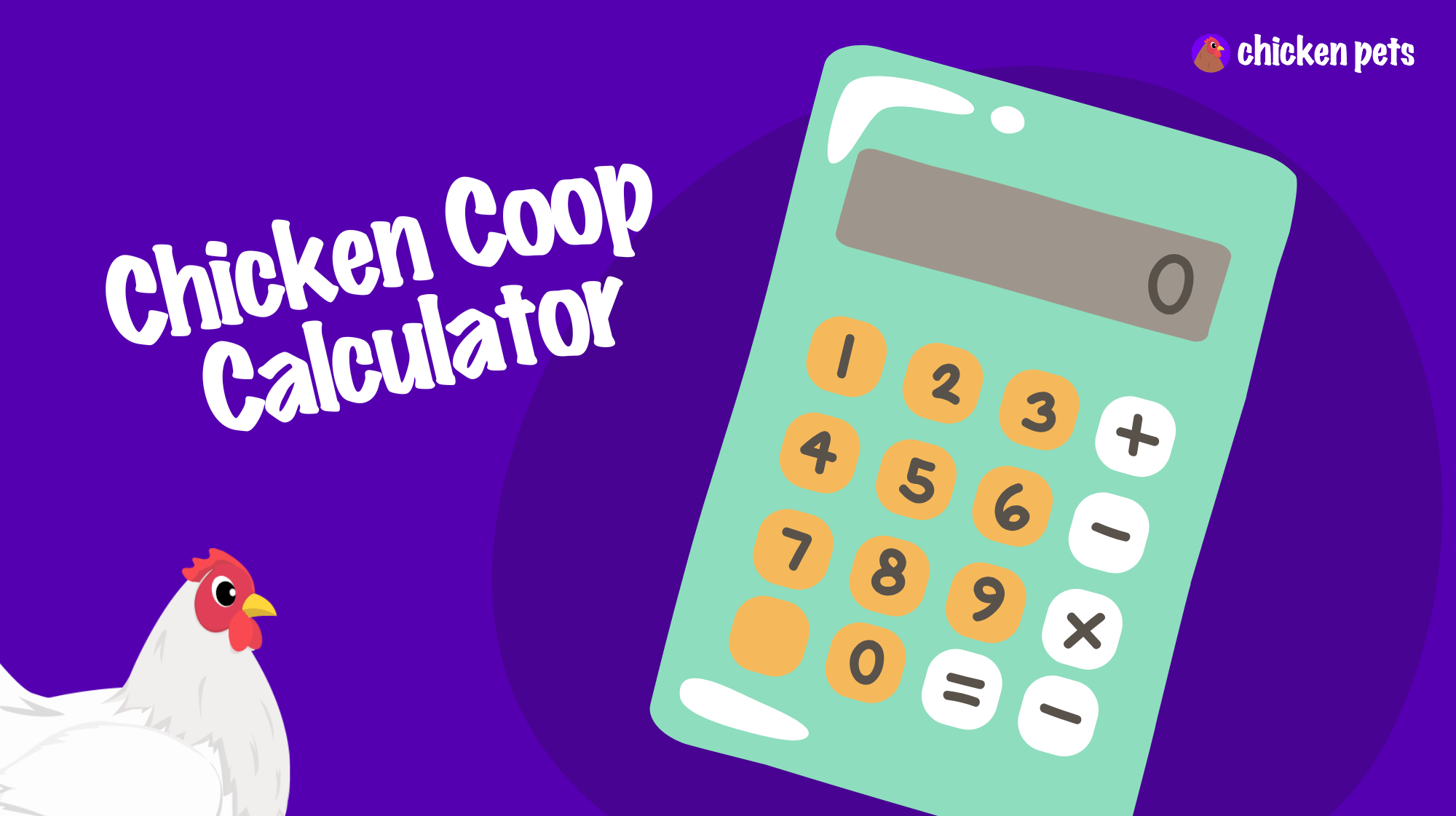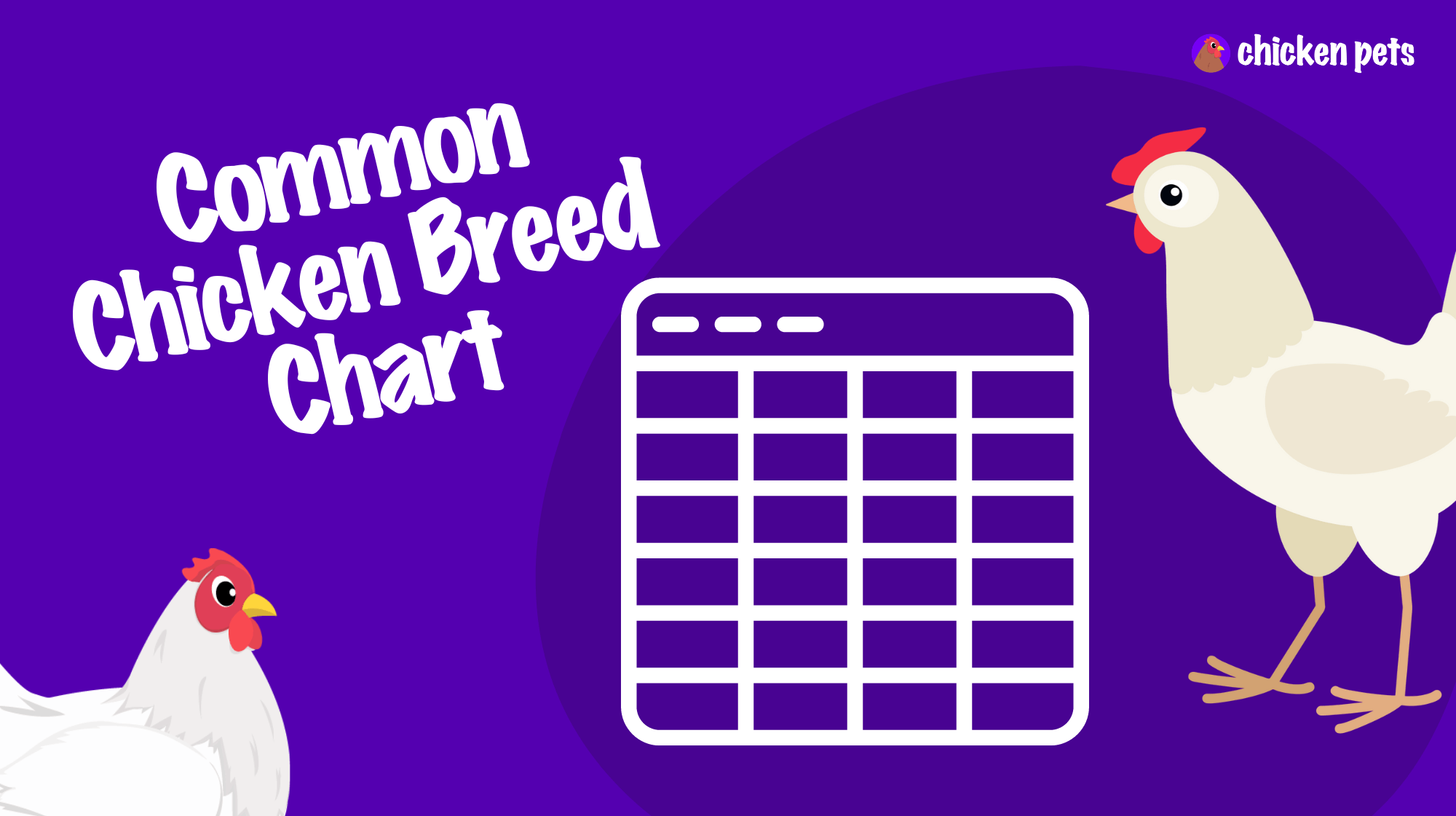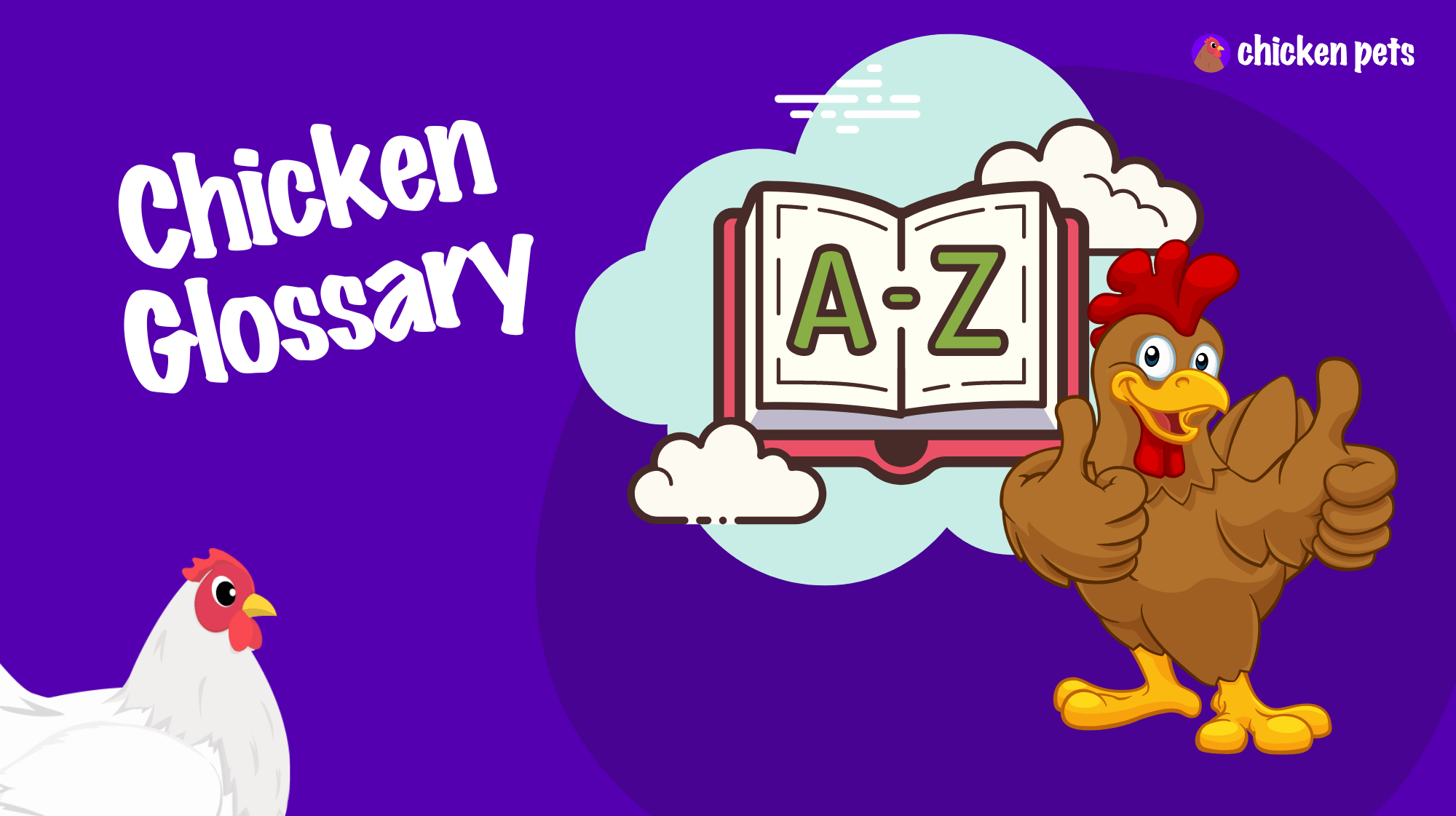Definition of Neck
The Neck refers to the elongated and flexible part of a chicken or poultry’s body that connects the head to the torso. In chickens and other poultry, the neck plays essential roles in various functions, such as foraging, preening, and expressing certain behaviors. The neck contains a series of vertebrae, muscles, blood vessels, and nerves that enable the bird to move its head in various directions, allowing for increased range of motion and reach.
Significance of the Neck for Backyard Chicken Owners
Understanding the importance of the neck in chickens is crucial for backyard chicken owners and enthusiasts when it comes to monitoring their poultry’s overall health and well-being. The neck plays a vital role in a chicken’s ability to stretch, reach various parts of their body, and maintain balance. It also serves as a method to display certain behaviors or communicate with other flock members.
A healthy neck typically appears slender, flexible, and free from any lumps, swelling, or signs of injury. Observing the neck can give chicken owners essential information about their birds’ health conditions. For instance, an abnormal posture or inability to move the neck freely may signify an injury, infection, or other health issues. In addition, it is useful to be aware of any abnormal thickening or other changes in the appearance of the neck, as these may indicate nutrient deficiencies, tumors, or other medical concerns.
By keeping an eye on the neck and its condition, backyard chicken owners can ensure their birds are healthy, detect potential problems, and take appropriate actions or consult with a veterinarian as needed.
How the Chicken’s Neck Works
The neck in chickens and poultry functions primarily due to the complex system of vertebrae, muscles, nerves, and blood vessels present within it. Chickens typically have 14 cervical vertebrae, which are more than most mammals, allowing them greater flexibility and range of motion. These vertebrae are separated by small disks, which are cushions that prevent bones from rubbing against each other and facilitate smooth movement.
Various muscles work together to support the head and neck region, enabling the bird to make precise and controlled movements in different directions. The tendons and nerves found within the neck help transmit electrical impulses for motor functions and various sensory inputs, such as touch and proprioception, providing the bird with awareness of their neck’s position and movement.
Furthermore, the bird’s blood vessels and the respiratory system also play a vital role in the neck’s functioning. Blood vessels travel through the neck to supply oxygen and nutrients to the head and brain, while the trachea, which is part of the respiratory system, ensures proper airflow between the head and the body.
Overall, the intricate composition of the neck in chickens or poultry is crucial for enabling head control, flexibility, and functionality, all of which are critical factors for a bird’s health and well-being.
Practical Application for Backyard Chicken Owners
Backyard chicken owners can apply the information regarding their birds’ necks in several ways that contribute to maintaining a healthy and happy flock.
Observation: Regularly observe your chickens for any signs of discomfort, changes in posture, or irregular neck movements. Identifying issues early on can help prevent the problem from worsening and ensure timely intervention.
Health Checks: Conduct periodic health checks on your birds by gently examining the neck for any abnormal swelling, lumps, or injuries. Paying close attention to the neck condition can help detect potential health concerns before they become severe.
Preventative Care: Minimize the risk of injury or disease by providing a safe and clean environment for your birds. Ensure that there are no hazards in the coop and surrounding areas that could potentially cause harm to their necks or other body parts.
Balanced Diet: Supply your chickens with a well-balanced diet that meets their nutritional needs. A proper diet promotes healthy muscle and bone development, contributing to a strong and flexible neck. This includes providing chickens with the necessary vitamins, minerals, protein, and calcium required for optimal growth and maintenance.
Stress Management: Reduce stress within your flock by providing enough space, offering hiding spots to allow for privacy and escape from bullying, and introducing new flock members gradually. A less stressful environment contributes to the overall well-being of the birds, which in turn is reflected in their neck health.
By implementing these practical applications, backyard chicken owners can utilize the knowledge of their birds’ necks to promote optimal health and well-being in their flocks.
Tips & Recommendations for Optimal Chicken Neck Care
Proper care of a chicken’s neck is essential for maintaining their overall health and well-being. Here are some practical tips and recommendations to help chicken owners ensure their birds have a healthy and strong neck:
- Regular Observation: Make it a habit to closely observe your birds’ behavior, posture, and neck movements every day. Early detection of issues can prevent complications and ensure timely intervention.
- Gentle Handling: When handling your chickens, always be gentle and make sure to support their neck and body properly to prevent any harm or undue stress.
- Clean Environment: Maintain a clean and hygienic environment for your chickens. This will greatly reduce the risk of infections, parasites, or injuries, helping to keep their necks and overall bodies healthy.
- Appropriate Feather Care: Encourage preening behavior and provide dust baths for your birds, as preening helps to keep their feathers and skin healthy. A healthy bird will be better equipped for optimal neck care.
- Monitoring Dietary Needs: Ensure your chickens receive a balanced diet that meets their nutritional requirements, including calcium and vitamins essential for maintaining strong bones and muscles in their necks.
- Regular Veterinary Check-ups: Schedule routine veterinary check-ups, especially if you notice any symptoms that may be related to a neck issue. A professional veterinarian will be able to provide guidance for proper treatment and care.
By implementing these tips and recommendations, backyard chicken owners will be well-equipped to take care of their birds’ necks, promoting a healthy and happy flock.
Additional Information on Chicken Necks
Apart from understanding the structure, function, and importance of chicken necks for their health and well-being, there are other factors related to chicken necks that may be of interest for readers. This additional information provides further insights that can be useful for chicken owners and enthusiasts:
- Neck Feather Patterns: The feather patterns present on a chicken’s neck, also known as hackle feathers, can vary depending on the bird’s breed or sex. For example, roosters usually have long and pointed hackle feathers, while hens have rounder and shorter hackles. These differences can be helpful in determining the sex of a bird or identifying its breed.
- Crop Location: Though not part of the neck itself, the crop is directly related to it. Located at the base of the neck, the crop is an expandable pouch that serves to temporarily store ingested food before it enters the digestive system. Monitoring the crop can provide useful information about a bird’s appetite and digestive health.
- Neck Infections or Parasites: Chicken necks are susceptible to certain infections, such as mycoplasma synoviae, which can cause swelling in the neck region and negatively affect the bird’s overall health. Moreover, external parasites like lice or mites can sometimes infest the neck area, causing discomfort or even anemia in severe cases. Regularly inspect your chickens for any signs of such issues and treat accordingly.
- Culling Method: Although not applicable in backyard chicken keeping, some commercial poultry operations may use the technique of cervical dislocation to quickly and humanely end a bird’s life, either for culling or during slaughter. This method involves dislocating the neck vertebrae to cause immediate death. Familiarity with this method may be useful for those who keep backyard chickens for meat production, but it should only be carried out by experienced individuals or under the guidance of a professional.
Having awareness of these additional aspects related to chicken necks can be valuable for readers, enabling them to better understand and care for their poultry friends.
Frequently Asked Questions About Chicken Necks
Readers may have various questions regarding chicken necks and their importance in poultry care. Here, we address some of the most common questions and provide clear, easy-to-understand answers:
1. How many vertebrae does a chicken have in its neck?
A chicken typically has 14 cervical vertebrae, which is more than most mammals. This higher number of neck vertebrae allows for greater flexibility and a wider range of motion.
2. Can you determine a chicken’s age by looking at its neck?
No, you cannot accurately determine a chicken’s age by looking at its neck. Age-related changes in chickens occur primarily in their combs, wattles, or feathers, rather than the neck itself.
3. How can you tell if a chicken’s neck is injured or infected?
Signs of an injured or infected neck may include changes in posture, abnormal head or neck movements, swelling, lumps, or discomfort when touched. If you suspect your bird has a neck issue, consult a veterinarian for proper diagnosis and treatment.
4. Can you prevent neck issues in your flock?
While you cannot guarantee that your flock will never experience neck issues, taking preventive measures can greatly reduce the risk. This includes providing a clean and safe environment, ensuring a balanced diet, monitoring the flock’s behavior, and addressing any health concerns as they arise.
5. How do roosters’ neck feathers differ from hens’?
Roosters usually have long, pointed hackle feathers on their necks, whereas hens have rounder and shorter hackles. These differences in feather pattern can help determine the sex of a bird or identify its breed.
6. Why is my chicken stretching its neck and making a strange noise?
If your chicken is stretching its neck and making a noise, it might be trying to clear its trachea or expel a foreign object. However, if the behavior persists or worsens, it may indicate a respiratory infection or other health issue, and you should consult a veterinarian.
7. Can paralysis or other nerve issues affect my chicken’s neck?
Yes, paralysis and other nerve issues can impact a chicken’s neck. Damage or infections that affect the neck’s nerves can cause loss of motor function, pain, or other problems. If you suspect your bird is facing such difficulties, consult a veterinarian for proper evaluation and treatment.


